Curry: A Global Flavor Journey with a Side of Humor
Table of Contents
Introduction to Curry
Curry is more than just a spice—it's a global phenomenon, a cultural symbol, and a flavor that has traveled the world in search of the perfect blend. While it's often associated with Indian cuisine, the term 'curry' actually comes from the Tamil word 'kari,' which means sauce or sauce with spices. Today, curry has evolved into a diverse family of dishes, each with its own unique ingredients, cooking methods, and regional flair.
Whether you're an amateur enthusiast looking to experiment in your kitchen or a professional chef aiming to elevate your menu, understanding the nuances of curry can open up a whole new world of flavors. And let's be honest—curry is one of those ingredients that can turn a simple dish into something magical. So, let's dive into the world of curry, explore its global traditions, and learn how to make the most out of this incredible spice.
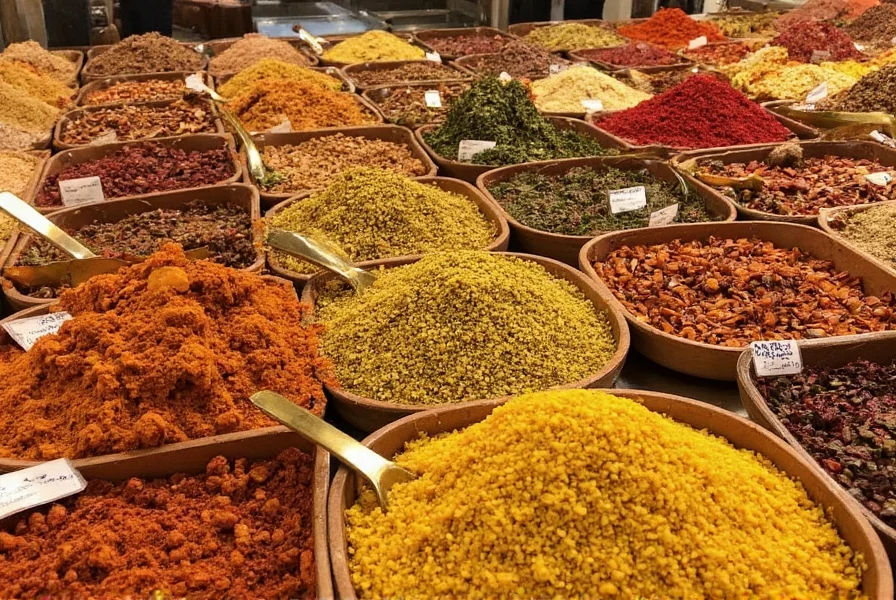
Global Spice Traditions and Curry
Curry is not just an Indian invention—it's a global treasure. From the fiery Thai green curry to the rich, aromatic Malaysian rendang, and even the tangy Japanese kare, the concept of curry has been embraced and adapted across cultures. Each region adds its own twist, making curry a true representation of the world's culinary diversity.
To give you a better idea, here's a quick comparison of some of the most popular curry styles around the globe:
| Country | Curry Style | Main Ingredients | Flavor Profile |
|---|---|---|---|
| India | Butter Chicken Curry | Yogurt, tomatoes, ghee, and spices | Mild to medium, creamy, and aromatic |
| Thailand | Green Curry | Green chilies, coconut milk, lemongrass, and kaffir lime | Spicy, sweet, and fragrant |
| Japan | Kare | Potatoes, carrots, meat, and a mild, thick sauce | Savory, slightly sweet, and comforting |
| Malaysia | Rendang | Beef, coconut milk, lemongrass, and galangal | Rich, spicy, and slow-cooked |
| Caribbean | Jerk Curry | Chicken, allspice, scotch bonnet peppers, and thyme | Smoky, spicy, and bold |

As you can see, curry is a versatile ingredient that adapts beautifully to different cuisines. It’s also a great example of how food can transcend borders and bring people together through shared flavors and stories.
Practical Tips for Cooking with Curry
Now that you know a bit about the history and global variations of curry, let's talk about how to use it in your own kitchen. Whether you're a seasoned cook or a beginner, these tips will help you unlock the full potential of this amazing spice.
- Start with fresh spices: The quality of your curry powder or individual spices makes a huge difference. Opt for freshly ground spices whenever possible, and store them in airtight containers away from light and heat.
- Balance the flavors: Curry is all about balance—spiciness, sweetness, acidity, and umami. If your dish feels too spicy, try adding a splash of yogurt or coconut milk. If it's too bland, add a pinch of salt or a squeeze of lime juice.
- Let it simmer: One of the secrets to a good curry is time. Letting the flavors meld together by simmering the dish for at least 30 minutes (or longer) will deepen the taste and make the spices more aromatic.
- Use the right oil: Ghee or coconut oil are excellent choices for cooking curry, as they enhance the richness and depth of the spices. However, if you prefer a lighter option, olive oil works well too.
- Pair it with the right sides: Curry goes well with a variety of side dishes. Rice, naan, flatbreads, or even roasted vegetables can complement the dish and create a well-rounded meal.
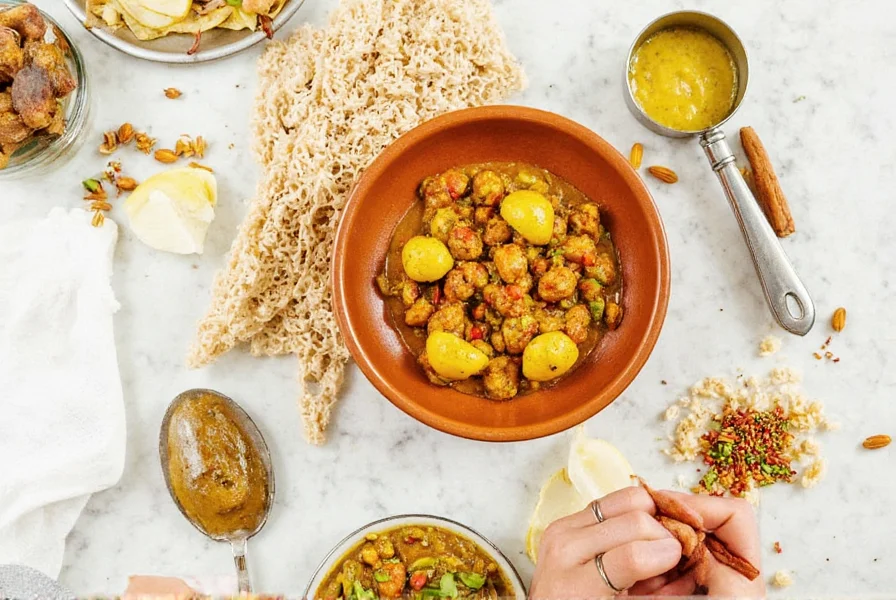
Remember, there's no one-size-fits-all when it comes to curry. Experiment with different combinations, and don't be afraid to adjust the recipe to suit your taste. After all, that's what makes cooking so fun!
Buying Guide for Curry Products
If you're ready to take your curry game to the next level, here's a detailed buying guide to help you choose the best products for your needs.
1. Curry Powder
Curry powder is a blend of spices commonly used in Indian and Southeast Asian cuisine. When choosing a curry powder, look for high-quality blends that include turmeric, cumin, coriander, and chili powder. Some brands also add ginger, garlic, and other herbs for extra depth.
Features: Versatile, easy to use, and great for beginners.
Advantages: Saves time and effort in mixing your own spices.
Use Cases: Soups, stews, rice dishes, and marinades.
Target Audience: Home cooks who want convenience without sacrificing flavor.
Suitable Occasions: Weeknight dinners, potlucks, and casual gatherings.
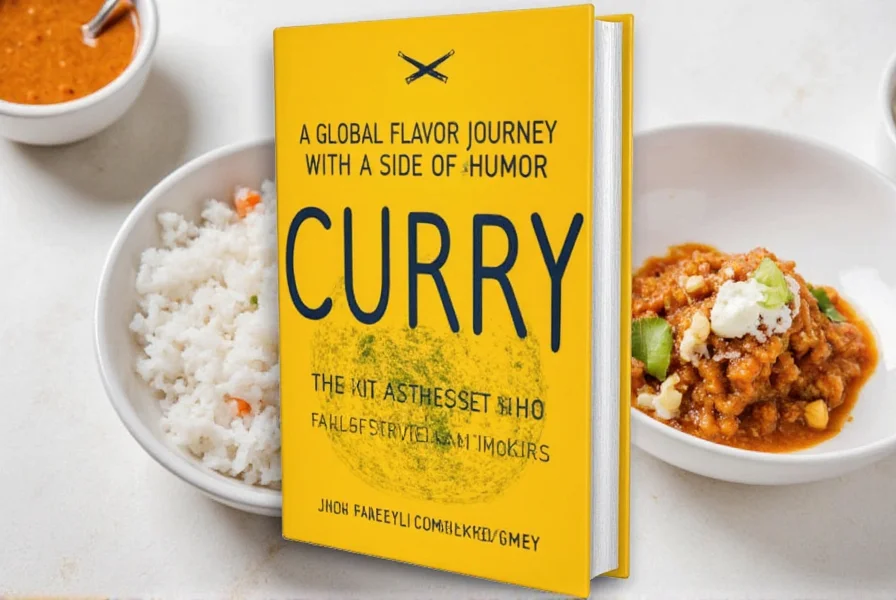
2. Fresh Curry Leaves
Curry leaves are a staple in South Indian and Sri Lankan cooking. They add a distinct, citrusy aroma and are often used in vegetable curries, lentils, and soups.
Features: Fresh, aromatic, and packed with flavor.
Advantages: Adds authenticity and depth to traditional recipes.
Use Cases: Vegetable curries, dals, and soups.
Target Audience: Serious home cooks and those who enjoy authentic flavors.
Suitable Occasions: Special meals, family dinners, and cultural celebrations.
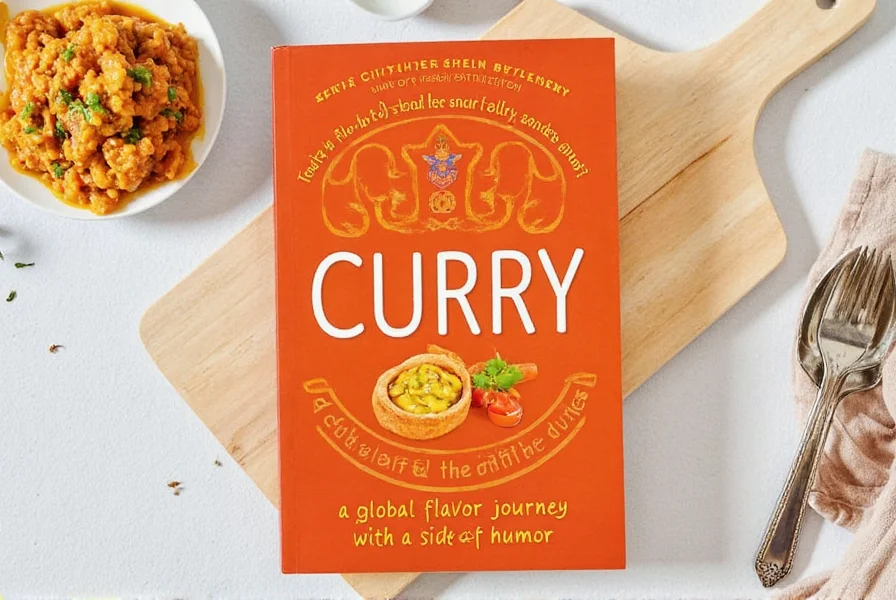
3. Coconut Milk
Coconut milk is essential for many curry recipes, especially in Thai and Indian cuisine. It provides a creamy texture and helps mellow out the heat from the spices.
Features: Rich, creamy, and naturally sweet.
Advantages: Enhances the depth of flavor and adds a smooth consistency.
Use Cases: Green curry, coconut-based curries, and sauces.
Target Audience: Anyone who loves tropical or creamy dishes.
Suitable Occasions: Weekends, parties, and special occasions.

4. Chili Flakes or Fresh Chilies
If you love a little heat, then chili flakes or fresh chilies are a must-have in your spice rack. They can be used to adjust the spiciness of your curry to your liking.
Features: Adjustable heat levels, easy to use.
Advantages: Allows customization of spice intensity.
Use Cases: Adjusting the heat in any curry recipe.
Target Audience: Spicy food lovers and those who like to customize their meals.
Suitable Occasions: Any meal where you want a little kick.
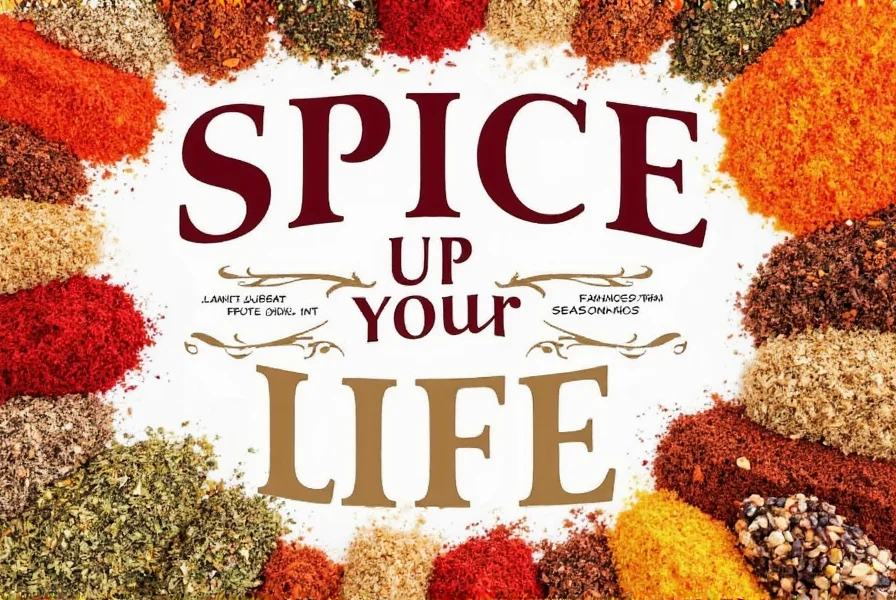
5. Ghee or Clarified Butter
Ghee is a staple in Indian cooking and is used to enhance the flavor of many curry dishes. It has a higher smoke point than regular butter, making it ideal for frying and sautéing.
Features: Nutty, rich, and aromatic.
Advantages: Adds depth and enhances the overall flavor of the dish.
Use Cases: Sautéing, roasting, and finishing dishes.
Target Audience: Those who enjoy rich, flavorful dishes.
Suitable Occasions: Special meals, holiday feasts, and gourmet cooking.

By selecting the right ingredients, you can ensure that your curry is not only delicious but also true to its roots. Whether you're using pre-made mixes or crafting your own spice blends, the key is to have fun and experiment with the flavors.
Conclusion
Curry is more than just a spice—it's a gateway to a world of flavors, cultures, and traditions. From the rich, creamy curries of India to the bold, spicy versions found in the Caribbean and Southeast Asia, the versatility of curry is truly remarkable.
Whether you're an amateur enthusiast or a seasoned pro, there's always something new to discover when it comes to curry. With the right tools, knowledge, and a little bit of creativity, you can transform any dish into a flavor-packed masterpiece. And remember, as the saying goes, “The secret to a great curry is not just the spices, but the love you put into it.”

So go ahead—experiment, explore, and most importantly, enjoy the journey. Because after all, curry isn’t just food; it’s a celebration of culture, community, and the joy of sharing a meal with others.

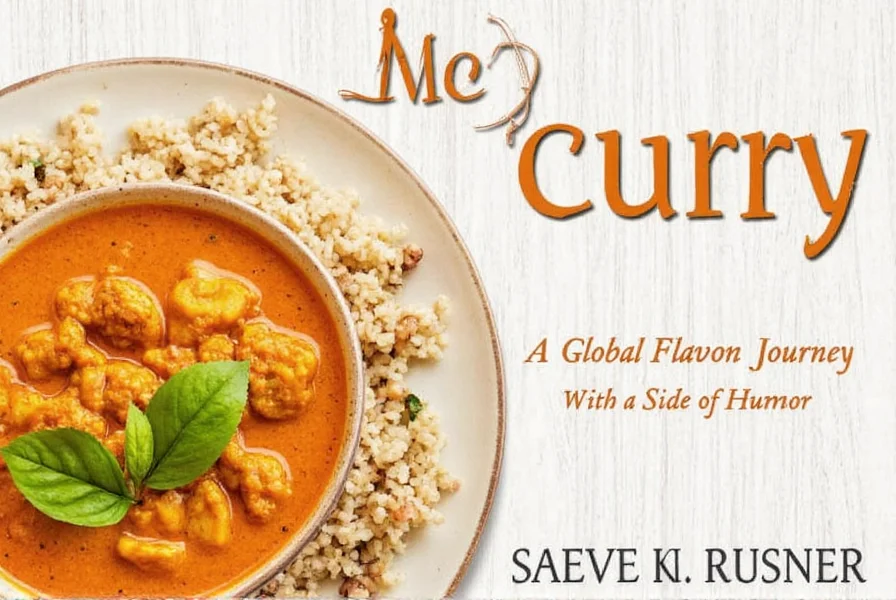









 浙公网安备
33010002000092号
浙公网安备
33010002000092号 浙B2-20120091-4
浙B2-20120091-4